Plum is a garden tree, which, with competent care and comfortable conditions, it gives up tasty and incredibly healthy fruits. There is nothing strange that most gardeners dream of growing this tree. Plums are actively used in cooking, in the harvesting of boiling, compotes, jams, jelly, etc. Siberia gardeners can also enjoy the growing of this fruit to fully. Thanks to the efforts of breeders, a huge number of varieties are derived, which are suitable for growing in the regions with harsh climatic conditions. In this article, we will try to consider the most important nuances of Plum landing in Siberia, as well as care.
Plum in Siberia. Description
- Plum is a fruit bone, which belongs to the pink family and combines more than 250 species.
- Plum has the most widespread in regions with temperate climates.
- The regions extending from the Eastern Caucasus to the Adriatic Sea, as well as the countries of Malaya Asia and the Balkans, consider places of origin of plums.
- The drain tree can grow up to 15 meters in height.
- Croon plum can be both wide and elongated.
- The average duration of "life" of plums is 25 years. Highlighted varieties are isolated, which are beginning to bring harvest on the 2nd or 3 years after landing, and the Late Blinds, which begin to be froning only on the 6th or 7th year after landing.
- View of the root system of plums - rod. The bulk of the roots of the tree is concentrated at a depth of 20-40 cm.
- Plum leaves have a simple elliptical shape with a slightly gear circuit. The length of one leaf can reach 10 cm long and 5 cm in width.
- The drain flows in small white colors reaching 2 cm in diameter.
- Speaking about the origin of the plum, most scientists converge in the opinion that the wild plum was obtained by crossing Alychi and Turran.
- Plum fruit has one bone inside, juicy. It may be blue, red, yellow, purple, light green shade.
Growing plums in Siberia. Than plum can be useful
The valuable composition of the plum
If a plum appears on your site, you can be sure that from now on, your table will be rich in natural vitamins and useful substances. Among the valuable components that are rich in the fruits of this tree can be listed:
- vitamins A, B1, B2, C, P;
- valuable Minerals: Phosphorus and Potassium;
- iron;
- copper;
- boron;
- manganese;
- zinc;
- chromium;
- fructose, sucrose and glucose;
- apple acid;
- lemon acid;
- oxalic acid;
- pectin;
- tannins;
- amino acids;
- flavonoids;
- kumarina.
It is also worth noting that valuable substances are contained not only in the fruits of plums, but also in the bone, the leaves of the tree.
Useful properties of plum
Plum has the following beneficial properties for a person:
- the use of drain helps to fight a bad appetite, as well as disorders of digestion;
- plum - natural remedy, which has a soft laxative and diuretic effect;
- dried plum can act as an excellent assistant in reducing the body temperature during ARVI;
- plum fruits have favorably affect the work of the cardiovascular system. They are particularly useful to use people suffering from anemia;
- various drain drinks are an effective folk agent for people suffering from kidney diseases, as well as gout, atherosclerosis;
- plum fruits have long been known for its ability to improve the composition of the blood, to withdraw extra cholesterol;
- high arterial pressure people are also useful to include plums in their diet. Plum fruits have a diuretic effect on the body, extend excess water and salts;
- plum leaves were also widely used in folk medicine. They have a wound healing effect. Infusions and decoctions of plum leaves can be used to treat wounds, ulcers, other lesions of the skin;
- plum leaves can be used as a natural agent for the treatment of stomatitis. For this prepare a decoction of 20 grams of crushed leaves and 200 grams of water. After 15 minutes of boiling, the decoction is filled with and again plotting boiled water to the level of 200 grams;
- plum is also used in cosmetology. You can make useful face masks, tonic on their own or find ready-made cosmetics with a drainage on store shelves. Plums have anti-aging effect, returned the elasticity of the skin, transform it.
Possible harm of plums
Whatever useful properties have a plum fruit, they can also have a negative impact:
- people suffering from obesity or diabetes, it is worth limiting the use of drain. There are many sugars in their composition. Consider also the dried plums possess no less sugar levels;
- women, nursing breasts, it is worth limiting the use of drain into food. This product is able to cause gas formation in the stomach, colic and rumbling in the belly of the baby, the disorder of the chair;
- it is better to refrain from drinking a plum that is not finally dose. They may hardly digest, cause digestive disorder. Ripe plums are digested quite easily and quickly;
- you should not use plums and those people who once had an allergic response of the body after the use of these fruits.
Types of plum for Siberia
Ussuriysk Plum for Siberia
The plums of this species are characterized by an excellent winter hardiness, resistance to adverse environmental conditions. The Ussuri Plum loves wet soil, but rather negatively applies to the rebupping of moisture. If the soil is too dry, it will significantly reduce the winter hardiness of the plum. If the soil is wet too much, then the risk of spoiling the roots is increasing. Ussuri sink preferably to grow in those places where it was brought. Among the most famous varieties:
- Altai anniversary;
- Altai yield;
- The pride of the Urals;
- Nakhodka;
- Baikal amber;
- Manchurian beauty;
- Gift at Chelan.
Chinese plum for Siberia
The species received its name due to the place of growth of the wild species of this plum - China and Japan. Sometimes this species is called Manchurian. The plum was widespread in the Khabarovsk Territory, Ussuriysky, Primorsky. The enormous advantage of the plums of this species is their long term of active fruiting - about 8 years and more. Plum prefers small snowy winters, not too hot summer months. Another advantage of the species is that the flames are capable of withstanding the temperature to -5 degrees. The tree is capable of reaching 4 meters in height.
American plum for Siberia
The birthplace of this type of plum is North America. It is there that there is a drain and acquired excellent winter-hardy qualities. The tree is capable of becoming easily transferred even the most severe frosts up to -40 degrees. American plum tolerates perfectly and long lack of moisture in the soil. The tree is capable of reaching 4 meters in height. In his homeland, this species is inclined to the formation of thickets. Plum fruits are small - 2-3 cm in diameter. They have a sour-sweet taste and red or blue shade. The tree begins to bloom with snow-white flowers even until the appearance of green foliage.
Canadian plum for Siberia
Plum Canadian grows in Canada and in the USA. The view is very similar to American plums in agrotechnology and characteristics. The plum has exactly the excellent frost-resistant qualities. The tree has a short and twisted trunk, the crown of the wrong shape. Plum fruits can reach 2.5 cm long, have a sour taste and orange-red. Canadian plum blooms with snow-white flowers, which gradually become pinkish.
Russian plum for Siberia
Russian plum is often called just Alych. But the view occurred from the crossing of the Ussuri Plum and Alychi. One of the most stable species to adverse environmental conditions. The tree feels perfectly with abnormally low temperatures in winter, and at high temperatures. Trees are not inclined to squeeze and frozen. Russian plum fruits have excellent taste characteristics, but is stored throughout only 10 days. The fruits are sweet and juicy, but rather small - about 30 grams.
Karzinskaya plum for Siberia
English agronomy I.M. Karzin for the purpose of removing the winter-hardy view crossed Canadian and North American plums. As a result of these works, a hybrid species was obtained - Karzinsky plums. They are not inferior in frost-resistant to Ussuriyskiy plums. Bring the crop trees begin for 3-4 years of life.
Siberian Village for Siberia
Plum. Siberia varieties - Description
What to choose a plum for Siberia? We will consider varieties with photos in more detail, find out the pros and cons of the most popular varieties of plums for the climate of Siberia.
- "Manchu Beauty." A variety of Chinese plum, which is characterized by high resistance to drought, but not too good to frost. A dwarf tree has a thickened crown. You can collect harvest from this plum for 3-4 years of her life. From one tree you can collect from 3 to 6 kg of fruits. Plums have excellent flavoring characteristics. The fruits are covered with waxing, have a juicy pulp of a yellowish shade, which is easily separated from the bone.
- "Altai anniversary". Good grade for landing in Siberia. Plums have good winter hardiness and high yield. Fruit trees start for 3-4 years of life. The mass of one fetus ranges from 16 grams to 28 grams. Plums have thin skin, orange flesh, pleasant aroma and taste.
- "Founding". The variety received such a name due to the downstream of the crown. Plums have excellent winter-hardy characteristics. The skin of fruits is coarse, but the flesh is soft and juicy with a pleasant sour and sweet taste.
- "Pyramidal". The variety of plums received its name due to the specific shape of the crown. Among the advantages of this variety can be noted high frost resistance, good regularity, excellent flavor quality of fruits. Plums begin to hear in early August. Have orange-red color.
- "Redesky". The variety was bred in Siberia, it has a high winter hardiness. Trees are starting to bring harvest after the 4th year of life. Fruits of small size and red have a bright longitudinal strip. From one tree plums of this variety, you can collect up to 9 kg of delicious and useful crop.
- "Chealky souvenir." A good option for landing in Siberia. The tree has a slightly thickened crown. Fruits can reach 28 grams in weight. Plums have a slightly rough skin, pleasant to the taste of flesh.
- "Gift at Chelan." Plums of this variety begin to be fron in the second half of August. Fruits, though small, but very tasty. Trees fruit regularly. Among the advantages of this variety, you can allocate satisfactory winter hardiness. Crown trees has a slightly dumped form.
Landing plums in Siberia
Step 1. Choose a place to land a plum in Siberia
If you want to get a good crop in the future, then pay attention also to the site of planting this tree. Better, if this place will have the following characteristics:
- place for planting plums should be quite lit, so that the sun warms the earth well;
- place for planting plums should also be protected from strong winds, which can be especially dangerous in winter;
- place for landing plum should not be in the lowland. If you can single out the tree only such a landing place, then be sure to take care of creating an artificial elevation. Build a hill with a height of at least 0.5 meters and a width of about 2 meters;
- an ideal soil for planting plums on the site will be the soil with a chernozem. Also, the soil should be sufficiently light and air for good transmission of moisture and air.
Step 2. Select time for landing plums in Siberia
Let's start with the fact that the landing pit is beginning to dig a few weeks before the expected landing date. Experienced Gardeners Siberia are advised to plant this tree at the end of April, when the sun is already procured by land. Autumn planting is not recommended for plum, as it just may not have time to root before the onset of frosts.
Step 3. Cooking the landing point for plums in Siberia
The landing pit can be digging both a few weeks before landing and autumn. The size of the pocket depends on the size of the saplings itself. Usually a pit is required to a depth of 60 cm, width and height - 60 * 60 cm. The land that you dug, you need to mix with the black membrane, any fertilizer for draining, pour into the pit back. Some gardeners advise pouring on the very bottom of the pit big stones, iron pieces, nails. It will be a good drainage layer. In winter, the iron and stones will give the accumulated heat roots of the tree, not allowing them to join.
Step 4. Landing plums in Siberia
- Place a seedling in the center of the landing pit and pour out the soil.
- Earth complies and paint the plant.
- Young plum must be tied to the support so that it does not damage the wind.
- The surface of the earth around the plum also needs to be closed by sawdust to prevent the evaporation of moisture.
Plums in Siberia. Care
Watering plums in Siberia
- It is recommended to easily water only young trees that no more than 2 years old.
- Adults of plum trees watered 1-2 times per season. Usually advised to water at the time of active ripening of fruits.
- After collecting the crop of plums, watering is reduced, and then stop completely.
- Too abundant watering of plums in Siberia can provoke the appearance of aphids, sampling in winter, enhanced growth of shoots.
Plum feeding in Siberia
If you paid attention to the preparation of landing pit before planting plums, then the fertilizer has been enough for 3-4 years. Almost all varieties of plum begin to be fron down after this term. From this point on, it is possible to annually to 7 kg of organic matter and 100 grams of wood ash for each tree.
We protect the plum in Siberia from pests and diseases
Plum, like any fruit tree in the garden, can be exposed to the invasion of pests or infection with diseases. Gardeners are necessarily whitening the trunk of a tree to protect it from pests. In the spring, the drainage of drainage with the following drugs is also carried out:
- Fufan.
- Phytodeterm.
Such drugs advise to process trees of early spring, during the period of bootonization and after the collection of fruits.
We form a plum crown in Siberia
If you want to get the maximum amount of crop that a tree can give, then it is necessary to pay attention to its pruning. The perfect cultivation varieties are those that have not inclined to thickening the crown.
- Approximately 1 time in 2-3 years old, older than 3-4 years spend a rejuvenating trimming, cutting old trunks.
- Each spring can be made of light sanitary trimming, which consists in shortening shoots by 0.5-1 cm, removing damaged or frozen shoots.
- Printing is recommended early in spring. Sometimes the second haircut may be required. It is usually carried out in June in order to prevent congestion of the crown.
Plum in Siberia. Video
Plum in Siberia. From landing to harvest - possible difficulties
Why are some gardeners afraid of growing plums in Siberia or consider it impossible at all? It's all about the complexity and unpredictability of weather conditions of this region. Summer here is a short and not too warm, and winter is distinguished by special severity. Consistent temperature differences in the afternoon and at night also do not contribute to a good crop. As if the gardener correctly grown in Siberia, he can meet with the following difficulties:
- insufficient frost resistance of the variety. If you decide to plant a plum in Siberia, you should especially carefully approach the question of choosing a variety. If the grade is not sufficiently frost, the tree may not move the harsh winters. Especially dangerous for draining strong cold winds, which significantly dry the bark of trees;
- too strong temperature differences. The climatic conditions of Siberia are characterized by both frequent temperatures in the spring. Approximately after February begin to "wake up" the kidneys in plums. If strong frosts occur at this time, then it can cause a big damage to the future harvest;
- spare. Such a problem happens when it fell too much a snow layer on the unsolved soil. The roots of the tree can begin to chant. That is why it is so important any way to give the soil around the tree to drag. But to cut off the snow from the tree is also impossible, as they can climb;
- frozen. With this problem, Gardeners Siberia are also found quite often. The process of frozen is somehow similar to the process of spontaneous. Can suffer roots, tree bark. If the shoots were blocked, then they simply do not bloom in the spring. Unfortunately, they will have to delete them.
The achievements of breeders are so great that it is not worth afraid of these problems with modern grades for growing in Siberia. Frost-resistant varieties are not terrible too large snow cover, sharp transitions from spring thaw to frosts, etc. Now you were convinced that it is not difficult to grow a plum in Siberia.



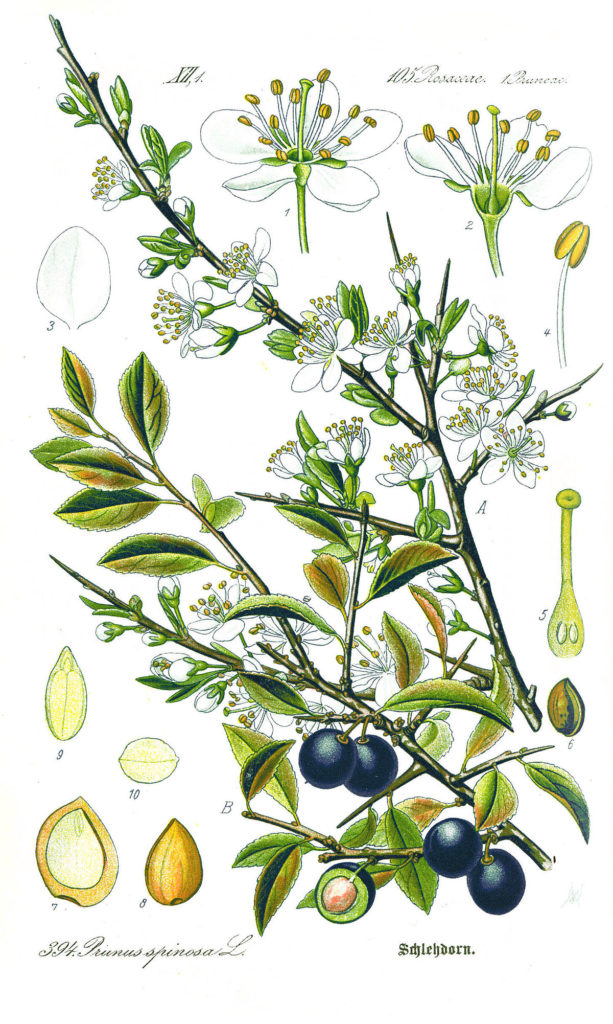
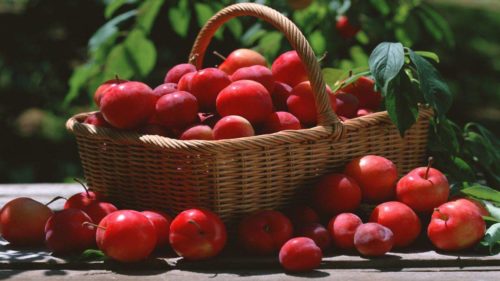
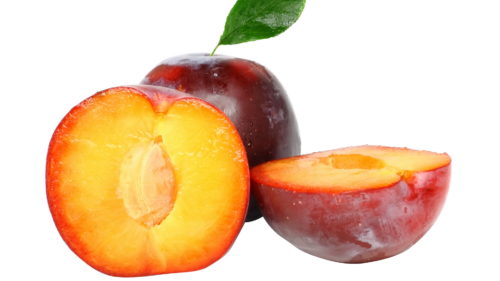
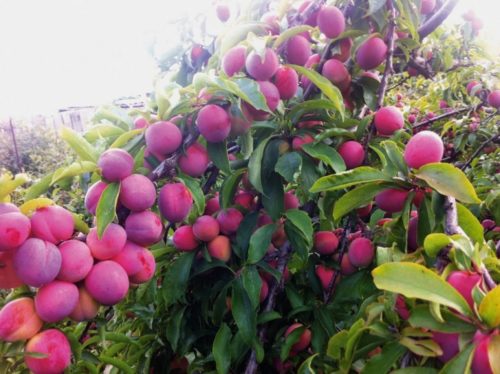
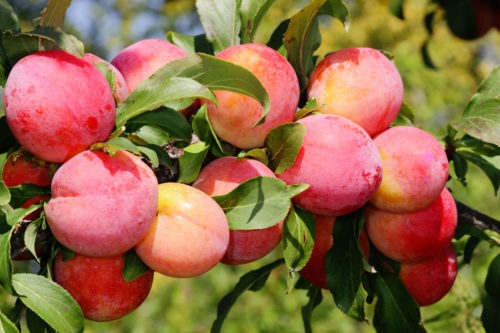
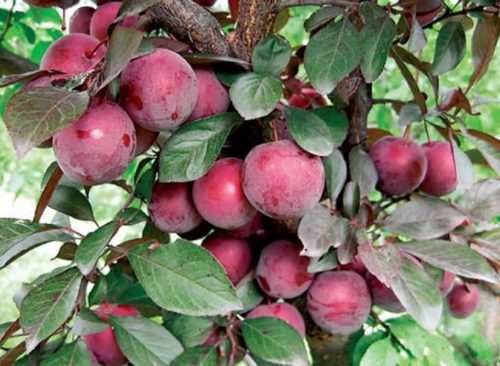
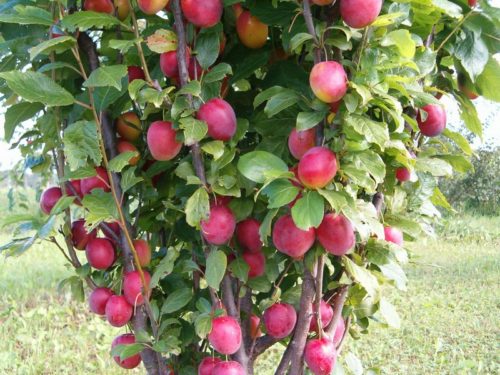
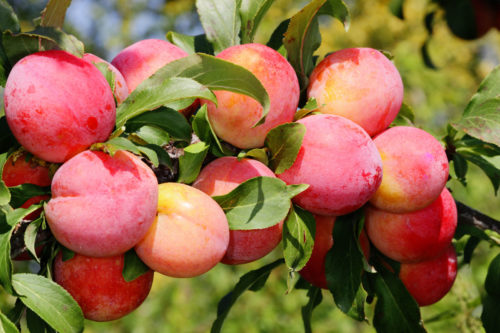
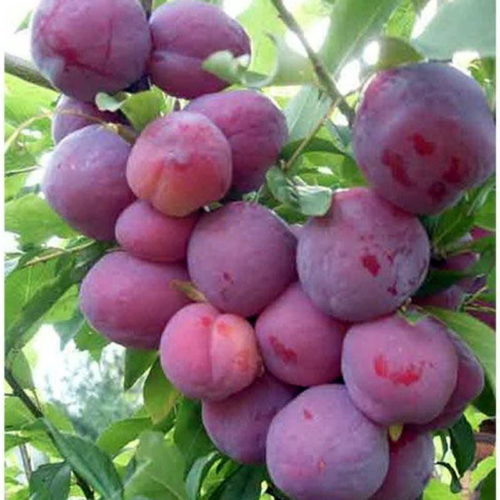
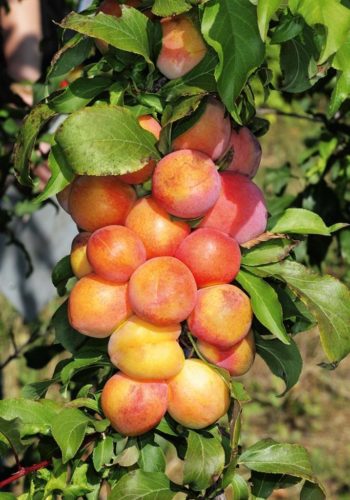
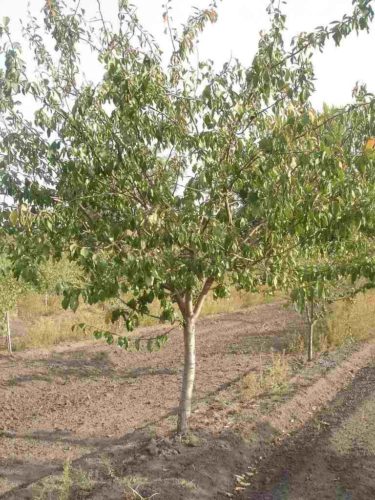
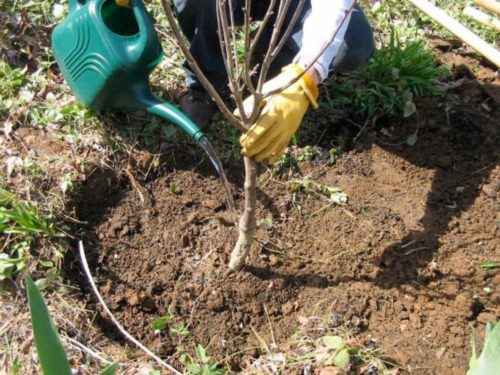
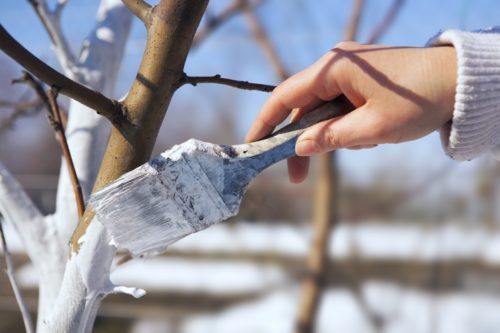
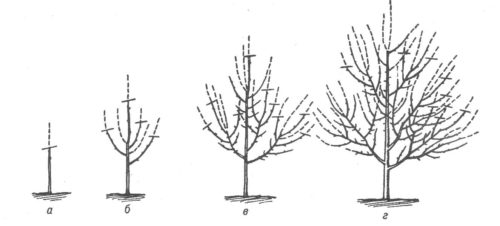
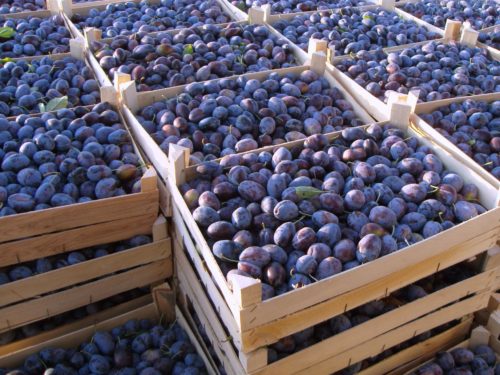












 Start a discussion ...
Start a discussion ...